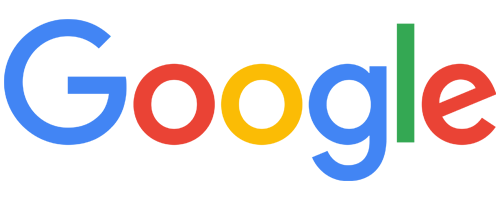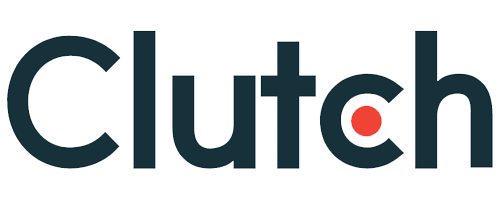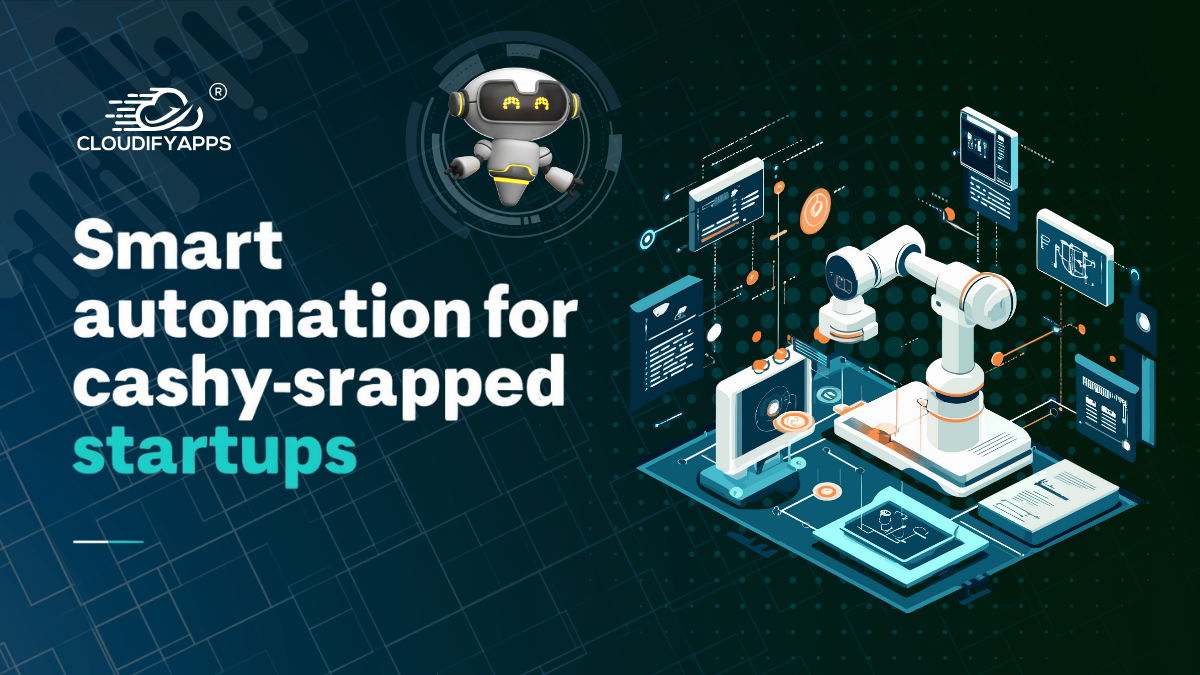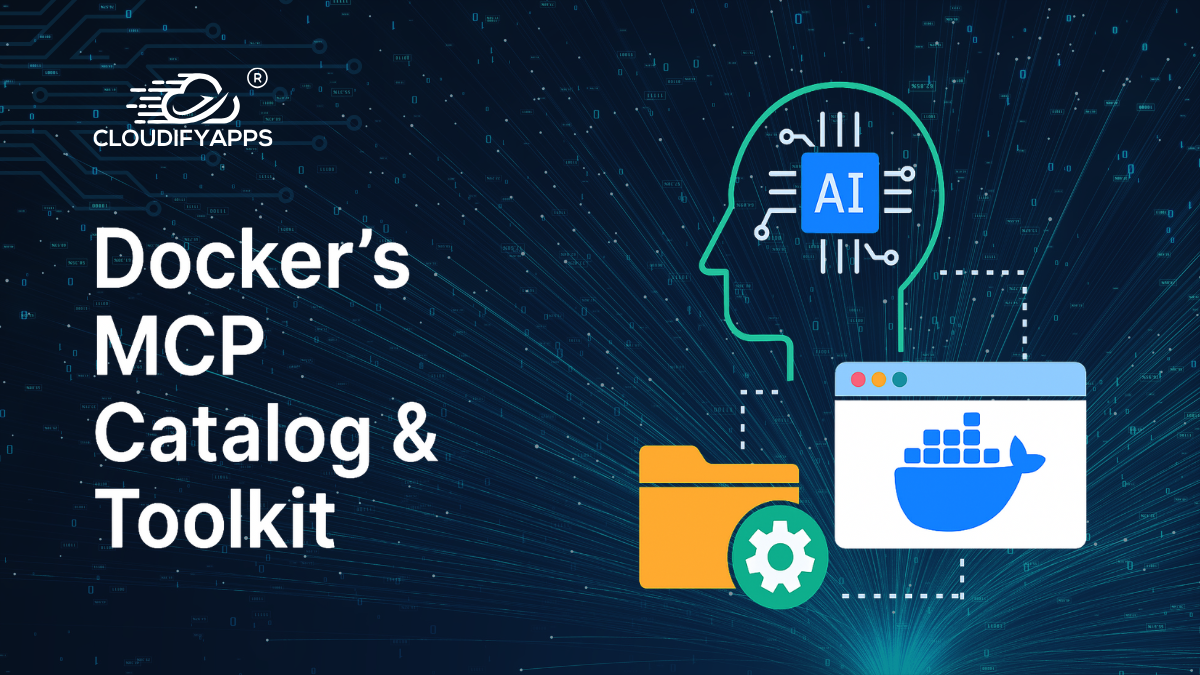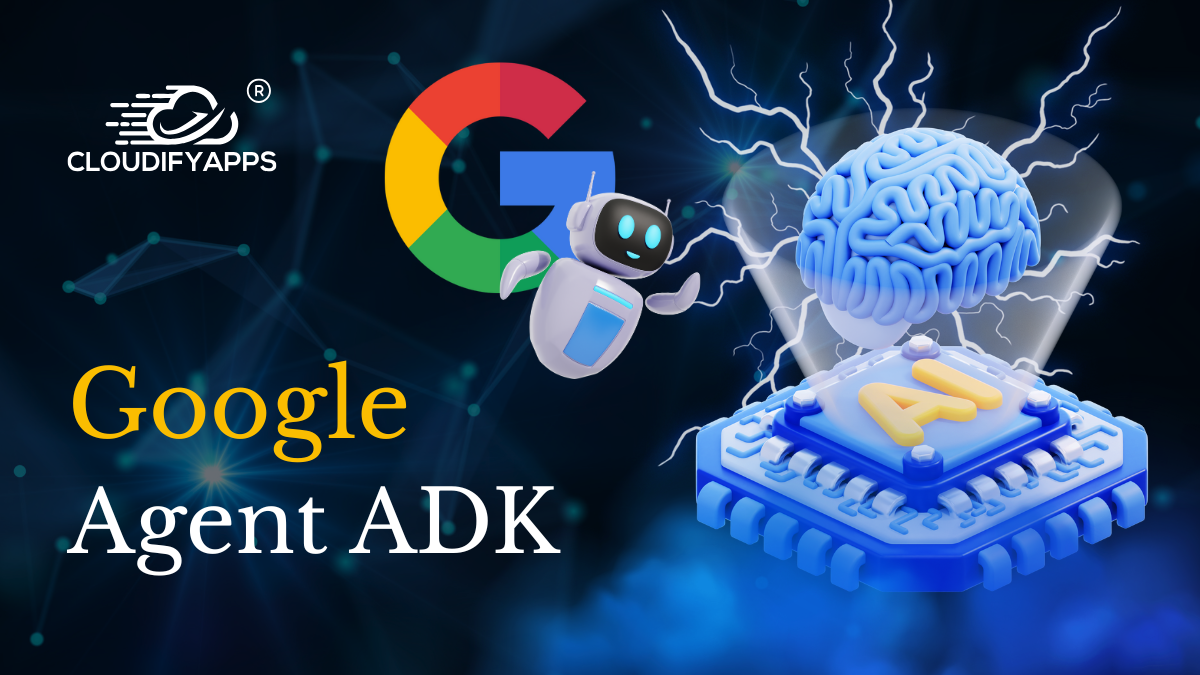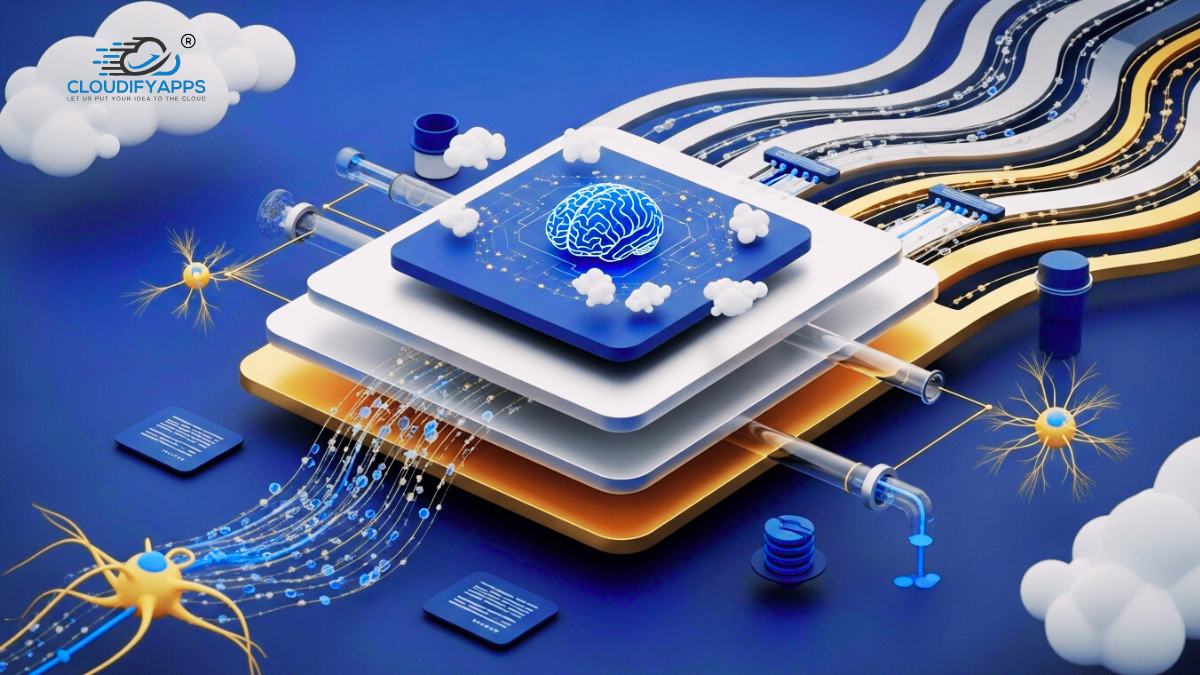
The modern data trinity: How medallion architecture, RAG, and data lakes revolutionize enterprise intelligence
The convergence of Medallion Architecture, Retrieval-Augmented Generation (RAG), and data lakes has created a transformative approach to enterprise data management that's reshaping how organizations extract value from their information assets. This integrated architecture enables organizations to achieve 54% lower total cost of ownership while dramatically improving time-to-insight — from months to weeks for new analytics capabilities. The significance extends beyond cost savings: companies implementing this unified approach report 43% improvement in AI application accuracy and 60% faster regulatory reporting.
This architectural pattern addresses the fundamental challenge facing modern enterprises: how to transform vast amounts of raw data into intelligent, actionable insights while maintaining governance, security, and scalability. The medallion architecture provides the organizational framework, data lakes offer the scalable foundation, and RAG bridges the gap between static AI models and dynamic business data. Together, they create a synergistic ecosystem where data quality progressively improves through structured layers, ultimately powering context-aware AI applications that understand and respond to specific business needs.
Understanding the foundational technologies

Each component of this modern data architecture serves a distinct but complementary purpose in the enterprise data ecosystem.
Medallion Architecture functions as the organizational blueprint for data processing, implementing a three-layer approach that systematically improves data quality. The Bronze layer serves as the landing zone for raw, unprocessed data from diverse sources — maintaining complete historical archives while preserving data in its original format. The Silver layer acts as the transformation engine, where data undergoes cleansing, validation, and standardization to create an "enterprise view" of key business entities. Finally, the Gold layer contains highly refined, business-ready datasets optimized for analytics, reporting, and machine learning applications.
This layered approach, originally popularized by Databricks and now adopted by major cloud providers including Microsoft Azure and AWS, addresses the critical need for progressive data quality enhancement. The architecture guarantees ACID compliance while supporting both streaming and batch processing patterns, making it particularly valuable for organizations handling diverse data types and sources.
Data lakes provide the scalable storage foundation that makes this architectural pattern possible. Unlike traditional data warehouses that require predefined schemas, data lakes can accommodate structured, semi-structured, and unstructured data in their native formats. Modern data lake implementations leverage cloud object storage services like Amazon S3, Azure Data Lake Storage, and Google Cloud Storage to provide virtually unlimited scalability at low cost.
The evolution toward data lakehouse architectures has addressed many traditional data lake challenges. Modern table formats like Apache Iceberg, Delta Lake, and Apache Hudi now provide ACID transaction support, schema evolution capabilities, and time travel functionality directly on object storage. This eliminates the historical "data swamp" problem by combining the flexibility of data lakes with the reliability and performance characteristics of data warehouses.
Retrieval-Augmented Generation represents the intelligence layer of this architecture, enabling large language models to access and reason over enterprise-specific data without requiring model retraining. RAG operates through a sophisticated three-phase process: indexing enterprise documents into vector databases, retrieving relevant context based on user queries, and augmenting LLM responses with this retrieved information.
The technology has rapidly matured, with the RAG market growing from $1.2 billion in 2024 to a projected $40.34 billion by 2035. Advanced RAG patterns now include multi-hop reasoning for complex questions, adaptive retrieval strategies, and self-reflection mechanisms that improve response quality. For data engineers and architects, RAG represents the critical bridge between traditional data infrastructure and modern AI capabilities.
The synergistic integration that transforms enterprise intelligence
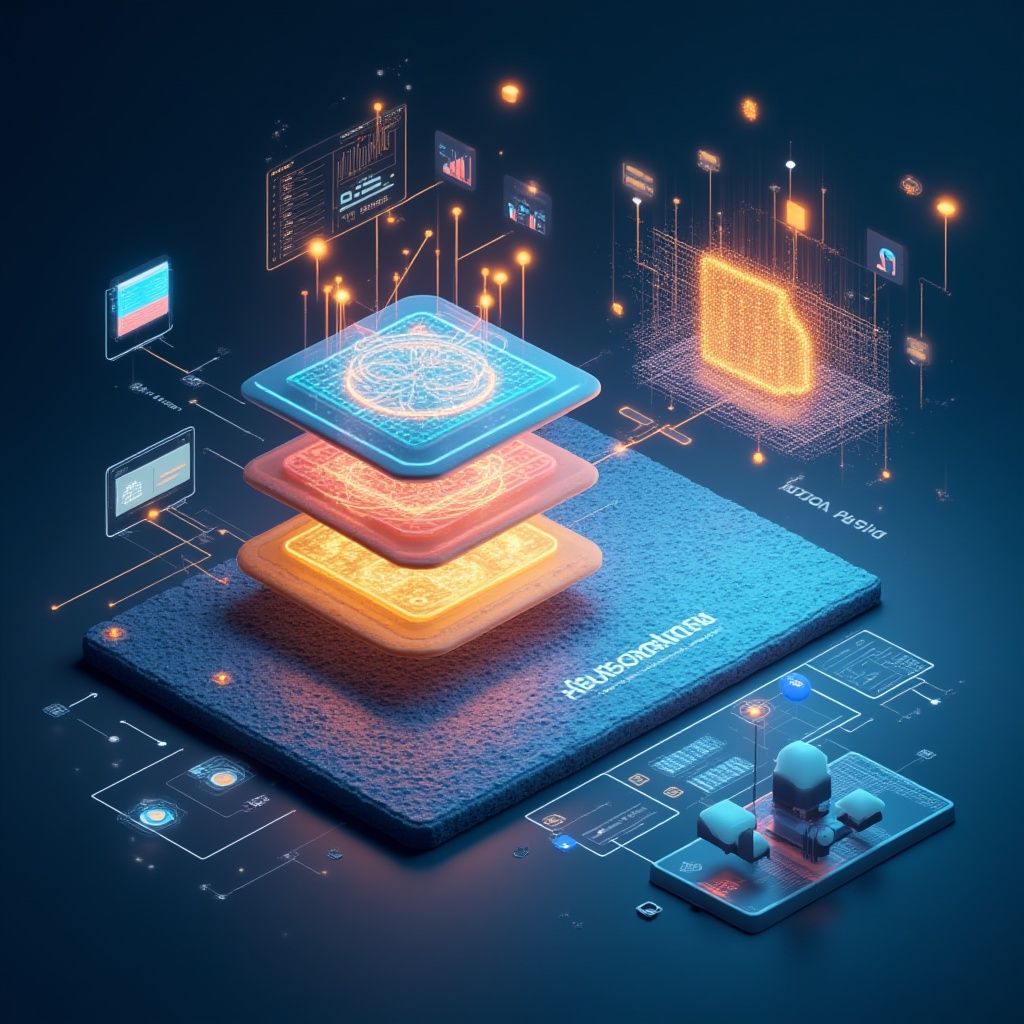
The true power emerges when these technologies work together in an integrated architecture. The data lake provides the scalable foundation for storing diverse data types, the medallion architecture ensures progressive quality improvement, and RAG transforms that curated data into intelligent applications.
The integration creates a powerful data-to-intelligence pipeline. Raw data flows into the data lake's Bronze layer from multiple sources — databases, APIs, files, streaming platforms. The Silver layer applies business rules, removes duplicates, and creates unified views of key business entities. The Gold layer produces consumption-ready datasets optimized for specific use cases, while specialized vector databases store embeddings alongside traditional lakehouse tables.
This architectural pattern particularly excels in enterprise search and knowledge management scenarios. Organizations implement RAG systems that access their medallion-architected data lakes to power intelligent search capabilities across vast document repositories. The Bronze layer ingests documents, emails, reports, and knowledge bases from across the organization. The Silver layer processes and standardizes this content, removes duplicates, and applies consistent metadata. The Gold layer creates searchable, categorized knowledge repositories that RAG applications can access to provide contextually relevant responses to employee queries.
Financial services organizations demonstrate the compelling business value of this integrated approach. Major institutions combine medallion architecture with RAG for compliance and risk analysis, ingesting transaction data, market feeds, and regulatory documents into the Bronze layer. The Silver layer cleanses and normalizes financial data while applying business rules, and the Gold layer creates risk models, compliance dashboards, and customer analytics. RAG integration then powers financial advisors with real-time market insights and regulatory guidance, resulting in 60% faster regulatory reporting and improved risk detection capabilities.
Healthcare organizations similarly leverage this architecture for clinical decision support. The Bronze layer stores patient records, medical literature, and research papers. The Silver layer standardizes medical terminology, removes personally identifiable health information, and enriches data with metadata. The Gold layer creates patient cohorts, treatment protocols, and research datasets that RAG applications access to assist healthcare professionals with diagnosis and treatment recommendations.
Practical implementation patterns for different enterprise contexts

Successful implementation requires choosing the right architectural pattern based on organizational needs, technical constraints, and scalability requirements.
The lakehouse-native pattern works best for organizations seeking architectural simplicity and cost optimization. This approach uses Delta Lake or Apache Iceberg for ACID transactions, platforms like Databricks for unified compute, and vector databases such as Pinecone or Weaviate for embeddings. The pattern provides a single source of truth for all data, simplified governance, and cost-effective scaling. Organizations typically implement this pattern when they want to minimize operational complexity while maximizing data consistency.
Multi-cloud hybrid architectures offer vendor flexibility and optimized performance for different workloads. These implementations leverage cloud-native data lakes across AWS S3, Azure Data Lake, and Google Cloud Storage, with medallion layers distributed across multiple cloud services. Managed vector databases provide RAG functionality while API gateways enable unified access. This pattern suits large enterprises with diverse cloud strategies or strict vendor neutrality requirements.
Edge-enabled architectures become necessary for geographically distributed organizations with real-time processing requirements. Central data lakehouses provide comprehensive storage while edge computing nodes handle local processing. Distributed vector databases enable regional RAG capabilities with synchronization mechanisms maintaining data consistency. This pattern reduces latency for real-time applications while improving data sovereignty and compliance for international organizations.
The implementation journey typically follows a phased approach. Foundation building focuses on establishing cloud-native data lakes with proper security and governance, implementing data ingestion pipelines, and setting up the Bronze layer with audit trails and metadata capture. Medallion implementation develops Silver layer data quality rules and cleansing processes while building Gold layer consumption-ready datasets. RAG integration introduces vector databases, embedding generation pipelines, and AI application development.
Critical success factors and common implementation challenges
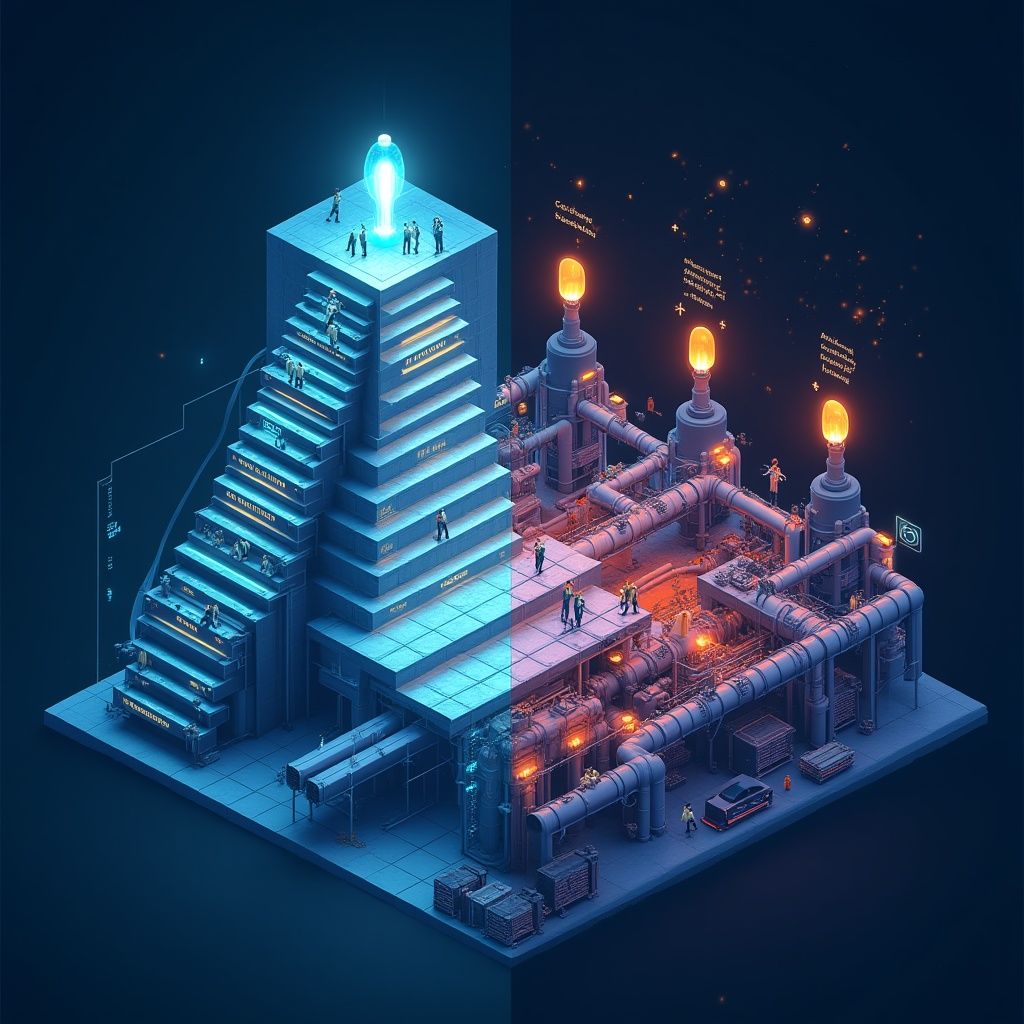
Experience from dozens of enterprise implementations reveals several critical success factors that determine project success or failure.
Data quality emerges as the most important factor because RAG systems are only as effective as the data they access. Organizations must invest heavily in comprehensive data validation within the Silver layer, implement data profiling tools to identify quality issues early, and establish robust data stewardship programs. Companies that skip this investment consistently struggle with inaccurate or inconsistent AI responses that undermine user trust.
Performance and latency challenges frequently arise as systems scale. Organizations implementing caching strategies for frequently accessed data, hybrid search approaches combining vector and keyword search, and optimized embedding models achieve the best results. The key lies in balancing speed versus accuracy trade-offs based on specific use case requirements.
Security and privacy concerns require careful architectural consideration from the beginning. Successful implementations use dynamic data masking in the Silver layer, establish clear data access controls and audit trails, and consider federated learning approaches where data privacy is paramount. Organizations that treat security as an afterthought invariably face significant rework and deployment delays.
Integration complexity represents another common challenge as organizations attempt to connect disparate systems and technologies. API-first approaches for all components, event-driven architectures for real-time updates, and clear data contracts between layers significantly reduce integration friction and long-term maintenance overhead.
Current trends shaping the future of integrated data architectures
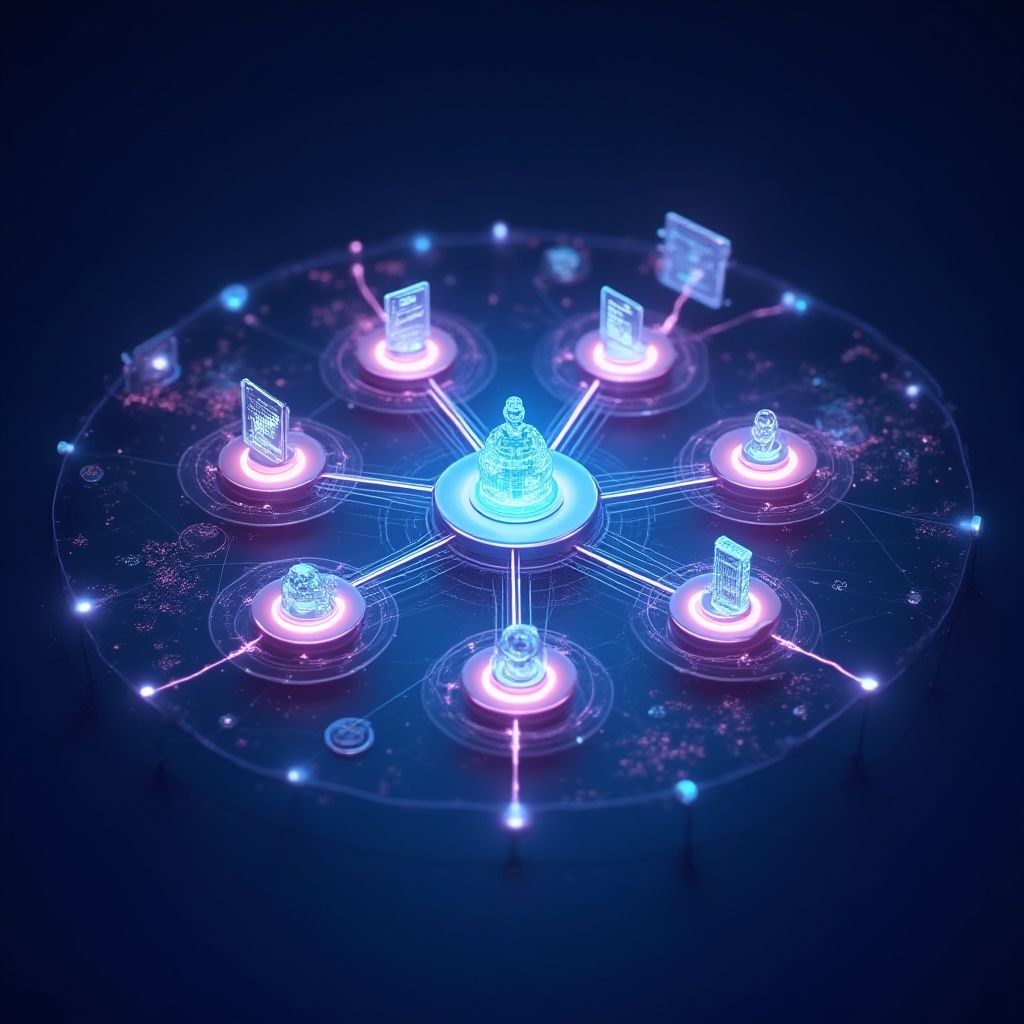
The rapidly evolving landscape presents several trends that will significantly impact how organizations approach these integrated architectures over the next few years.
Agentic AI integration is evolving beyond simple RAG implementations toward autonomous AI agents capable of taking actions based on enterprise data. These systems combine RAG with workflow automation, enabling AI agents to not just answer questions but also execute business processes, update systems, and coordinate complex multi-step operations. Early implementations show promise in customer service, financial analysis, and operational management scenarios.
Multi-modal capabilities are expanding beyond text to include images, audio, and video in RAG systems. Modern implementations can now process technical diagrams, analyze presentation slides, transcribe meeting recordings, and reason across diverse content types within unified workflows. This evolution particularly benefits organizations with rich multimedia content libraries, such as media companies, educational institutions, and technical organizations.
Real-time streaming integration is becoming standard as organizations demand immediate insights from their data. Modern implementations seamlessly integrate streaming data into medallion architectures, enabling real-time RAG updates and continuous learning capabilities. Apache Kafka, AWS Kinesis, and similar platforms now provide native integration with vector databases and embedding generation pipelines.
Edge computing integration addresses latency and data sovereignty requirements by deploying RAG capabilities closer to data sources. Organizations with global operations, regulatory constraints, or real-time processing requirements increasingly implement distributed architectures that maintain centralized governance while enabling local processing and response generation.
Measuring success and optimizing for business outcomes

Successful implementations require establishing clear metrics and optimization strategies from the outset.
Technical metrics should focus on system performance, data quality, and operational efficiency. Key indicators include query response times, retrieval accuracy scores, data freshness metrics, and system availability. Organizations typically target sub-second response times for RAG queries, greater than 90% retrieval accuracy, and 99.9% system availability for production applications.
Business metrics must align with specific use case objectives and organizational goals. Customer service implementations measure query resolution rates, user satisfaction scores, and support ticket deflection. Knowledge management systems track information discovery rates, time-to-insight improvements, and cross-departmental collaboration metrics. Financial services organizations monitor regulatory compliance speeds, risk detection accuracy, and operational cost reductions.
Continuous optimization requires establishing feedback loops between technical performance and business outcomes. Organizations achieve the best results by implementing A/B testing frameworks for RAG applications, monitoring user interaction patterns, and iteratively improving both data quality and AI model performance based on real-world usage patterns.
Building organizational capabilities for long-term success

Technology implementation represents only part of the challenge. Organizations must also develop human capabilities and organizational structures that support long-term success with these integrated architectures.
Skill development requires investment in training across data engineering, AI/ML, and prompt engineering disciplines. Successful organizations typically establish centers of excellence that combine traditional data engineering expertise with modern AI capabilities. Cross-functional teams that include data engineers, AI specialists, and business domain experts consistently outperform purely technical implementations.
Governance structures must evolve to address both traditional data governance and AI-specific challenges. This includes establishing clear roles for data stewardship, AI governance, and ethical AI practices. Organizations need policies covering data usage in AI applications, AI model validation and testing, and ongoing monitoring of AI system performance and bias.
Change management becomes critical as these architectures enable new ways of working with data and AI. Successful implementations invest heavily in user training, establish clear communication about AI capabilities and limitations, and create feedback mechanisms that improve both technology and organizational adoption over time.
Conclusion
The integration of Medallion Architecture, RAG, and data lakes represents more than a technological evolution — it signals a fundamental shift toward intelligent, self-improving data architectures that can adapt to changing business needs while maintaining governance and scalability. Organizations successfully implementing this integrated approach are not just achieving better technical outcomes; they're transforming how their businesses operate, make decisions, and compete in data-driven markets.
The convergence creates unprecedented opportunities for organizations to turn their data assets into competitive advantages through intelligent applications that understand business context, learn from interactions, and continuously improve performance. However, success requires more than just implementing the technology stack. It demands thoughtful architecture decisions, robust governance frameworks, and organizational commitment to data quality and AI excellence.
As these technologies continue to mature and converge, the organizations that start building these capabilities now — with proper attention to governance, security, and business alignment — will be best positioned to capitalize on the next wave of AI-driven business transformation. The question is not whether to adopt this integrated approach, but how quickly and thoughtfully organizations can implement it while building the capabilities needed for long-term success.
Popular Tags
Recent Posts
Smart automation for cash-strapped startups
The modern data trinity: How medallion architecture, RAG, and data lakes revolutionize enterprise intelligence
Accelerating AI-Driven Development with Docker’s MCP Catalog & Toolkit
Building Intelligent Agent Teams with Google's ADK: A Developer's Guide
We are at
